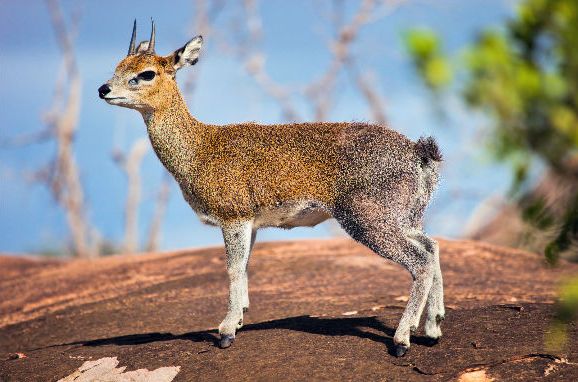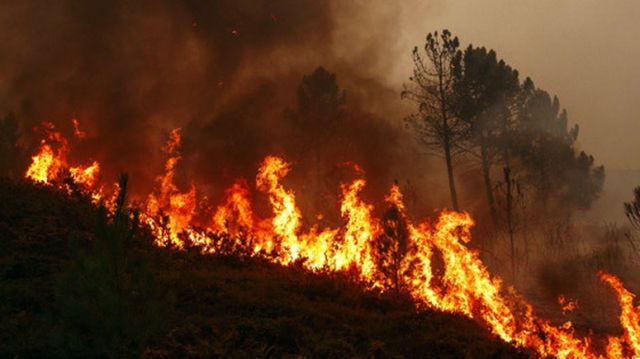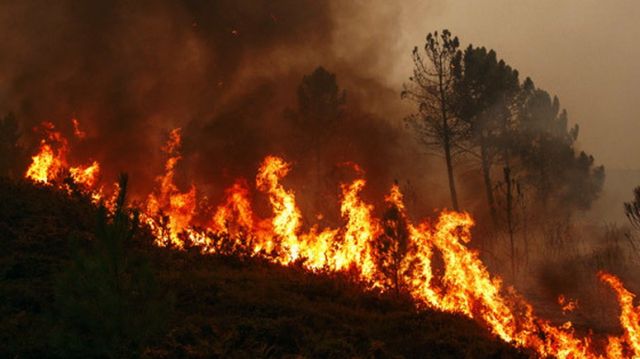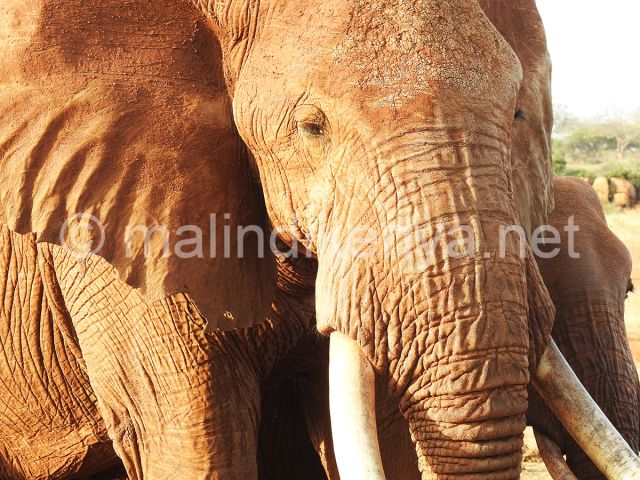
WILDLIFE
20-07-2021 by Leni Frau

West Tsavo is once again teeming with klipspringer, the small rock antelopes that prefer the savannah and especially the massifs and rocky hills, but seeing and photographing them is always a miracle.
Because of their propensity to seek out rocky environments, one of their natural habitats has always been the Tsavo National Park, particularly the Taita Hills area, where small mountains rise up, ideal for the microclimate and plants favoured by the leapfrogs. This is where most of these specimens are to be found. Apart from Kenya, they can be found in the mountains, but hardly in too cold places, throughout the Sub-Saharan area.
Its scientific name is "Oreotragus" and in Italian it is called Oreotrago, even if it is better known with the name that declines its main peculiarity. In fact we could also call it an "African dwarf ibex".
In Swahili it is more simply called "Mbuzi ya mawe" (stone goat), while in English it is called Klipspringer.
The size of the klipspringer does not exceed half a metre, with females being slightly taller, but only by a few centimetres.
Their coat is earth-coloured with white streaks and darker shades.
Males have pointed horns that can exceed 15 centimetres.
Difficult to see, due to their speed in jumping and hiding between cliffs, canyons and slopes, and therefore in places that are not convenient for safaris, and moreover their activity is more frequent at night and early in the morning, wolf-jumpers live in small herds or simply in pairs, with their cubs. A group rarely exceeds 10 elements. During the day it goes out to rest and prefers to do so in the sun, as well as during the hours before darkness.
This small antelope has to watch out for predators such as leopards, servals and caracals, as well as protecting its cubs from baboons, jackals, hyenas and eagles.

Almost every day a fire, big or small, devastates a piece of ...
TSAVO FRIENDS
by Giovanna Grampa

Finally it came the rain after more than eight months of drought.
Tsavo was drying up day after day, forcing his animals to prolonged suffering in desperate search of food and water for their survival.
ENVIRONMENT
by redazione

The efforts made so far to ensure water to Tsavo National Park and its ecosystem may not be enough.
The closest savannah to the Kenya coast threatens to extinction in 15 years unless seriously created irrigation systems and new dams.
NEWS
by redazione

The sadness is deep for fans of the savannah that after so many safari, had learned to recognize it.
Satao II, one of the few remaining elephants by the giant tusks in Kenya, the "big tuskers" (estimated there would be no...

The large fire that broke out last night in the vast area around the Tsavo Ovest National Park slowly...
LATEST NEWS
by redazione

A devastating fire that broke out tonight is destroying thousands of acres of land within...
NEWS
by Leni Frau

May the land of the savannah be mild to the oldest elephant in Tsavo East who left his homeland to join, as...
NEWS
by redazione

Drought emergency it's growing more and more throughout Kenya and even on the coast.
Two sporadic downpours in recent days between Malindi and Watamu have not improved the situation is tightening siege of breeders and farmers.
The vegetable prices are...

This year's edition of the East African Safari Classic was an exciting one, the rally between...
NEWS
by redazione

Another two years to see the tarmac road from Malindi to the doors of Tsavo National Park.
It will not be ready for 2018 as expected at first, the road that for now has 12 km of asphalt on the 110...